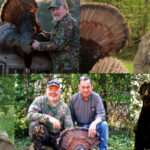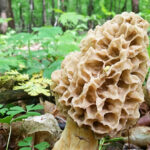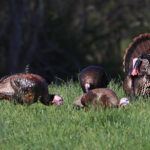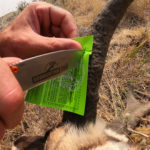LAST UPDATED: January 19th, 2023
Throughout the past 10-15 years, shed hunting has become increasingly popular amongst hunters across the country. Once hunting season ends, shed season begins, and if you want to find that white gold, here are a few things you need to do…
1. Scout Early
There’s about a 2-3 month period in which just about every buck in your area will shed his antlers, and waiting until late-March or April may not be the most efficient thing to do. In order to make the most of your shed hunting opportunities, you need to start scouting in January at the latest.
If you hunt in an area that sees a decent amount of snow throughout the winter, January is the best time to scout. You can see what travel patterns the deer are on, and which food sources they’re hitting the most. If you wait until March, and base your shed hunting strategy on where the deer were in October and November, you’re in for some potentially long and shed-less walks. But if you do your homework in January and know where the deer are travelling the most, you could have some of the best shed hunting days ahead of you.
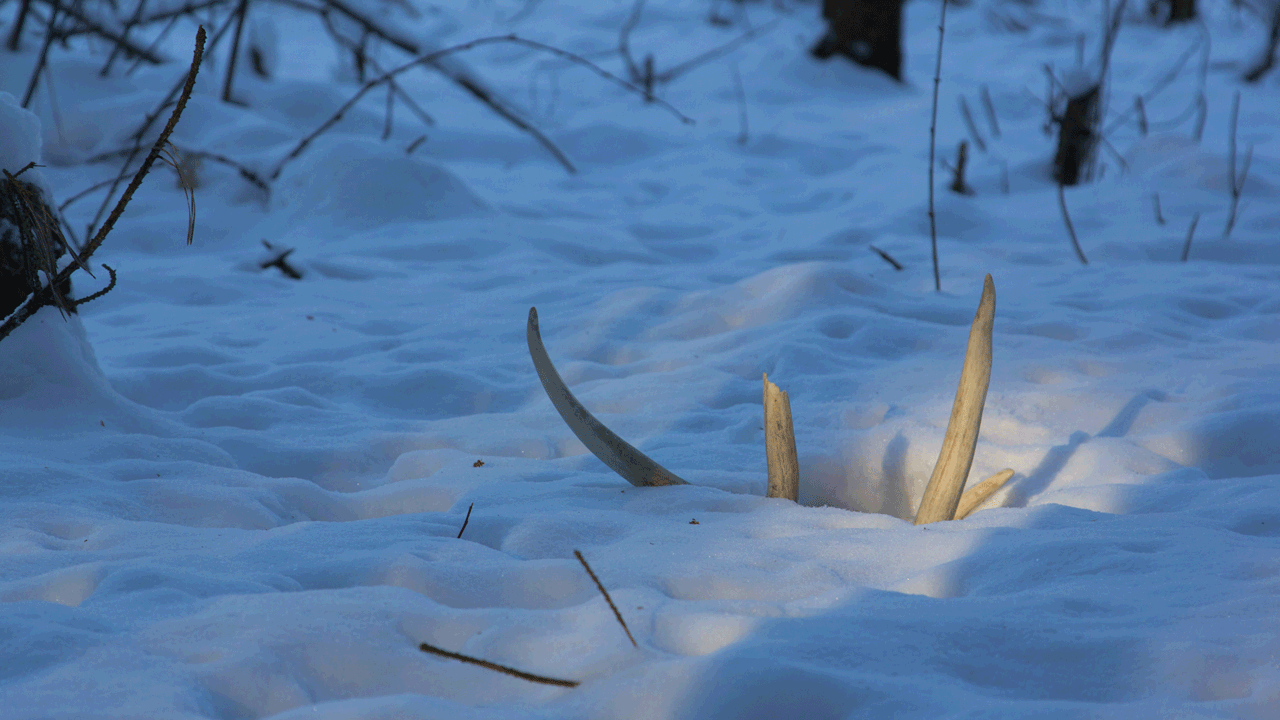
2. When You Should Be Looking
Rainy days and cold days when the snow is packed down hard, are typically the best days to go shed hunting. The gloominess that comes on rainy days make the antlers pop out a bit more than on sunny or partly cloudy days. The rain might make the trip a little miserable, but once you realize how much better it is for finding sheds, it’ll pay off.
Another great time to look for sheds, is in the hard packed snow. This typically helps the trails, beds, and feeding areas stand out a bit more. Not to mention that any fresh sheds will usually just be sitting on the top of the snow, waiting to be found!
3. Always Have Binoculars With You
As a hunter and outdoorsman, it’s always a good idea to have binoculars with you when in the field, or in your truck. Being able to scan areas for potential sheds makes for less walking and more efficient shed hunting trips.
Even when driving around in your truck, it’s smart to have a set of optics handy. When something out in a field catches your eye, it’s nice to have some binos there to check it out, instead of potentially trespassing and finding out it’s just a stick. If you can identify it as a shed from afar, you can now find the landowner or farming and ask for permission to shed hunt. Regular non-hunters are more likely to allow you to shed hunt, than deer hunt. And who knows, maybe after a year or two of just shed hunting, the land owner might allow you to start deer hunting that spot.
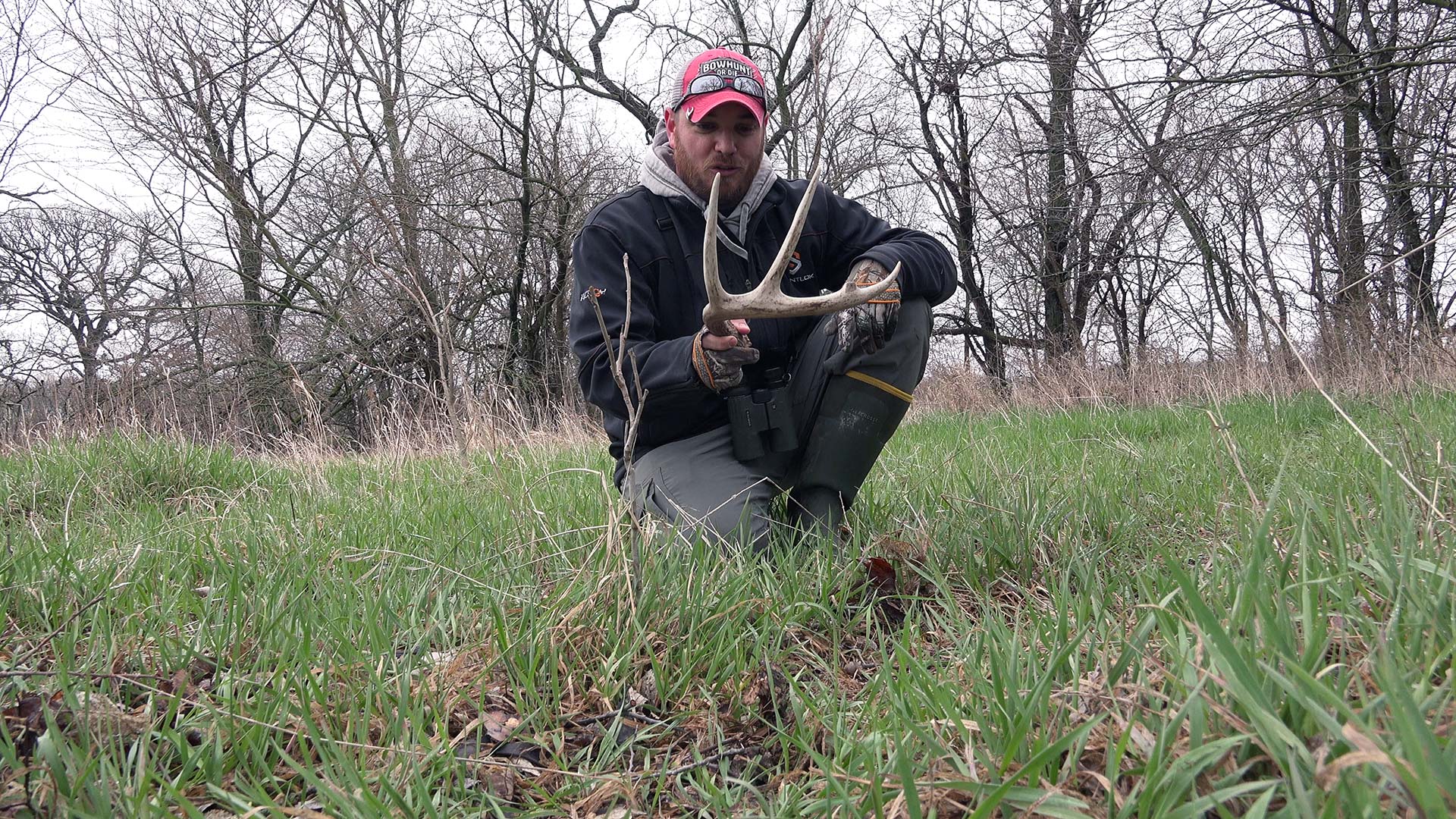
4. Look For A Piece Of An Antler, Not The Whole Thing
The most successful shed hunters out there, are the best at picking out a shed by just seeing a single tine sticking up, or the telltale curve of a main beam. If you’re expecting to scan an area and see the full antler, you’re going to miss a lot of those hidden gems.
Most of the time sheds are either buried in snow, covered in grass or leaves, or just stuck down in mud and dirt. So if you look for a piece of an antler, and not the whole thing, you’re going to be way more successful doing it that way.
5. Start Looking In The Obvious Spots
Food sources, thick cover, heavily used trails; these are all some of the best and most obvious spots to start looking. Deer spend a majority of their time during the winter, going from food sources, to bedding areas. So hit those spots first, and you’ll be able to find some of the easier sheds.
Another great spot that is often overlooked, is any south facing hillside. These areas get more sun during the winter, and are generally used for bedding or browsing. After hitting your main food sources and heavily used trails, don’t forget to check your south facing hillsides.
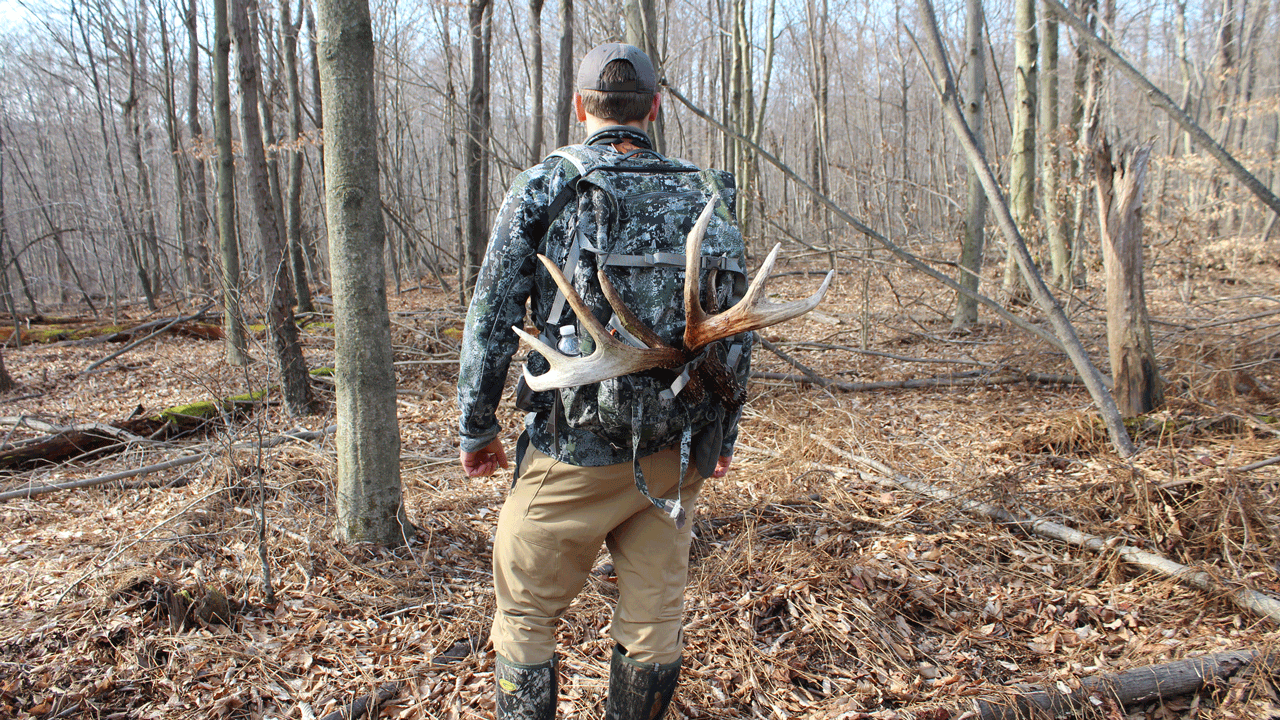
6. Don't Be Afraid Of The Overlooked Areas
Don’t be deterred by those odd spots, especially on public land. Why not check those trails that run close to the parking area? What about that big swampy area? If there are a couple small islands of dry land amongst a large wetland, those could be the perfect spots to find a big old buck’s sheds.
Even those little ravines in a big open field that you’ve never seen a deer use. Most of these places are overlooked by the average shed hunter, but they shouldn’t be overlooked by you. Part of the challenge of shed hunting, especially on public land, is hitting those random areas where a desperate buck wanders around when looking for food in the late winter. So don’t miss those overlooked areas.
7. Don't Be Afraid To Ask For Permission
You shouldn’t be afraid to talk to a new landowner, especially a farmer. Shed antlers getting stuck in big, expensive tractor tires can cause major headaches for a farmer. Even if you are in an area that is heavily hunted, not every hunter looks for sheds. The promise of removing sheds from ag fields, and potentially saving a few tractor tires is bound to get you permission on a new piece.
And who knows, maybe that farmer isn’t on the best of terms with whoever currently hunts there, and is looking for a way to kick them off his farm land. Landowners and farmers are more likely to allow you to shed hunt a spot once or twice, instead of deer hunt an area all fall. So don’t be afraid to ask for permission. The worst thing they can do is say no.
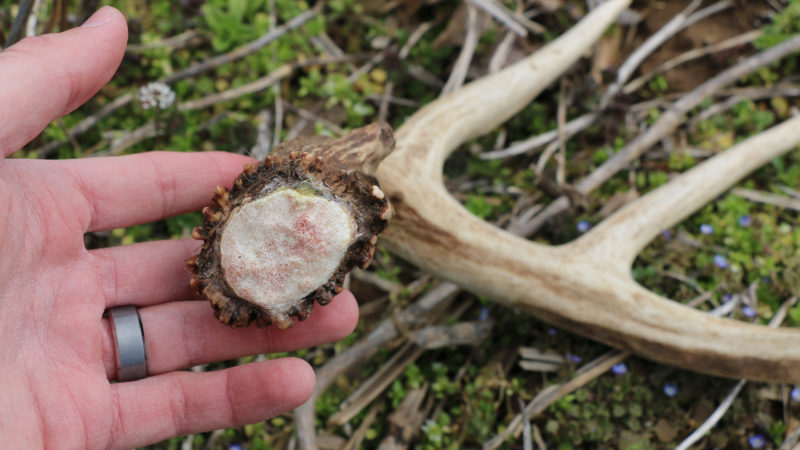
8. Always Use A Mobile Mapping App
Using an app like HuntStand to keep track of exactly where you’ve walked, and where you’ve been, is the best way to stay efficient. Where you think you’ve walked, and where you actually walk, can be more different than you think. You may not realize it, but using an app can help you figure out all the spots that you haven’t checked, even though you thought you already did.
More often than not, you’ll come home after a long day of shed hunting, thinking that you’ve scoured your property from north to south. When in actuality, there are a few large areas you’ve missed. Using a mapping app can help you hit those spots, and find the sheds that you would have missed if you weren’t using an app.
Bonus Tip
Just because you found a shed in a certain area, does not mean that that spot will be a good spot to hunt the following fall. Deer are constantly moving around throughout the year because of a multitude of factors. From food sources and hunting pressure, to environmental factors, the home range of a buck in January and February, can be very far from his home range in October and November.
Don’t let a big shed from February or March, lead you on a wild goose chase the next year, in October and November!

 By
By 